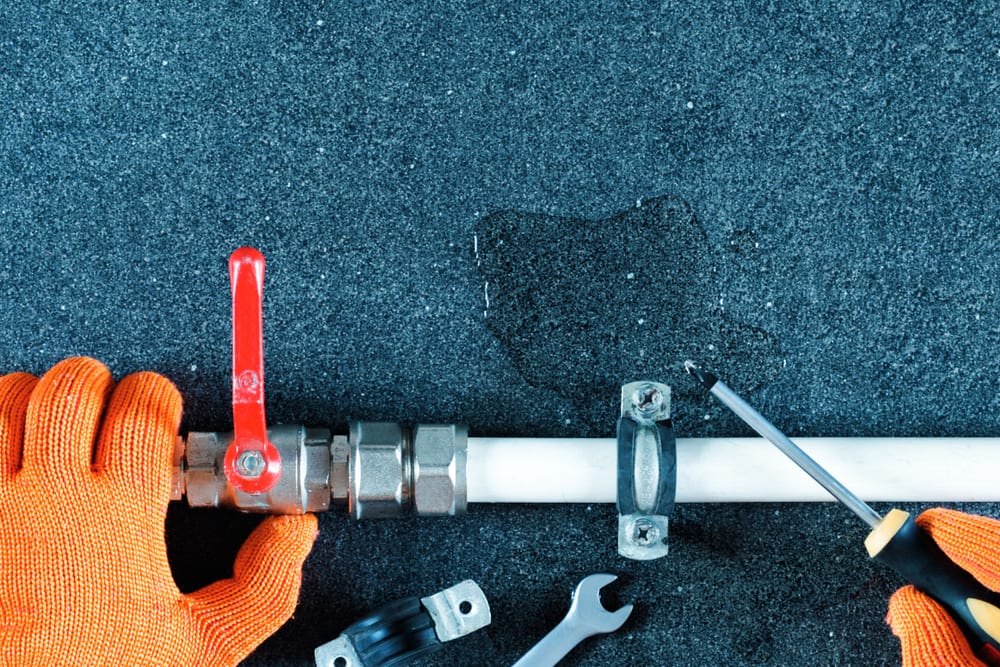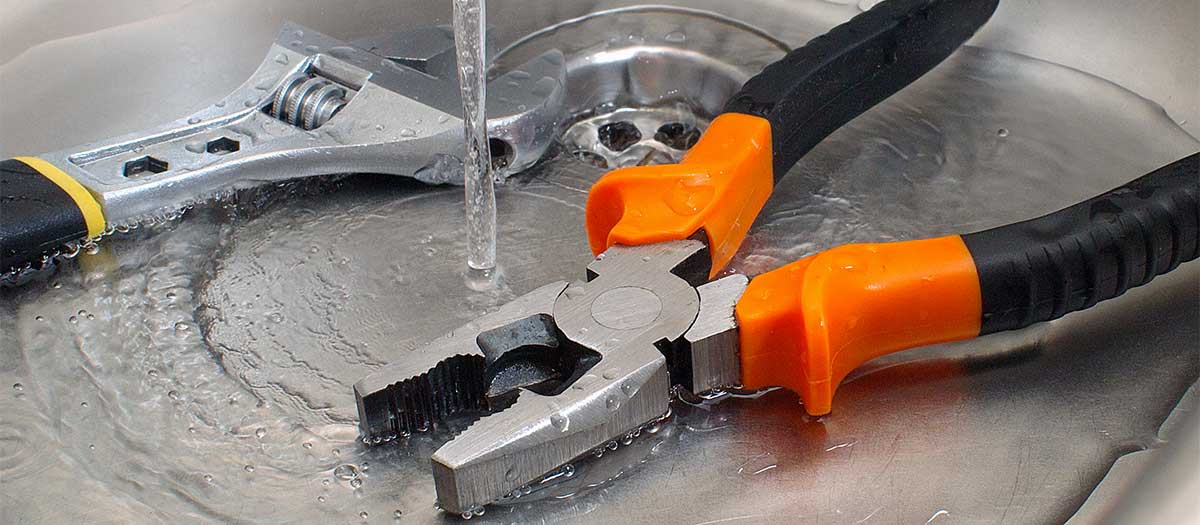We've found the article pertaining to Top leak detection hacks below on the web and concluded it made perfect sense to share it with you on my blog.

Early discovery of leaking water lines can alleviate a prospective disaster. Apart from conserving you money, it will certainly lessen the stress and also irritation. The minute you discover a leakage, calling your plumber for repair work is the best remedy. However, some little water leaks might not show up. Right here are some hacks that aid if you can not detect it with your nude eyes.
1. Take A Look At the Water Meter
Every residence has a water meter. Checking it is a proven way that helps you discover leakages. For starters, shut off all the water resources. Guarantee nobody will certainly purge, utilize the tap, shower, run the washing maker or dish washer. From there, go to the meter and also watch if it will certainly transform. Because no person is utilizing it, there must be no motions. If it moves, that suggests a fast-moving leak. If you find no changes, wait an hour or 2 as well as check back once more. This indicates you may have a sluggish leakage that could even be below ground.
2. Check Water Usage
If you find unexpected adjustments, regardless of your intake being the very same, it means that you have leaks in your plumbing system. An abrupt spike in your costs indicates a fast-moving leak.
A stable increase every month, even with the same practices, reveals you have a slow leakage that's additionally slowly intensifying. Call a plumber to thoroughly inspect your home, specifically if you feel a cozy location on your flooring with piping below.
3. Do a Food Coloring Test
When it concerns water usage, 30% originates from commodes. Examination to see if they are running correctly. Drop specks of food shade in the tank and wait 10 minutes. If the color somehow infiltrates your bowl during that time without flushing, there's a leak between the tank and dish.
4. Asses Outside Lines
Do not forget to check your exterior water lines too. Test spigots by connecting a garden pipe. Must water permeate out of the link, you have a loosened rubber gasket. Replace this and guarantee all links are tight. If you've obtained an automatic sprinkler, it will aid get it professionally analyzed and kept every year. One little leak can waste tons of water and increase your water expense.
5. Inspect and Examine the Situation
Property owners should make it a behavior to check under the sink counters as well as even inside cabinets for any type of bad odor or mold development. These 2 red flags show a leak so timely attention is needed. Doing regular inspections, also bi-annually, can save you from a major issue.
Inspect for discolorations and compromising as most pipelines and devices have a life expectations. If you presume leaking water lines in your plumbing system, don't wait for it to intensify.
Early detection of dripping water lines can reduce a potential calamity. Some little water leakages might not be visible. Checking it is a surefire means that aids you discover leakages. One tiny leakage can lose heaps of water as well as increase your water bill.
If you think leaking water lines in your plumbing system, do not wait for it to rise.
5 SMART WAYS TO FIND HIDDEN WATER LEAKS WITHOUT DESTROYING YOUR HOUSE
Monitor Your Water Meter
If you start to notice a higher water bill but you know that your water usage hasn’t increased, it’s a good sign that there’s a leak. Keep a close eye on your water meter to see if you detect any huge fluctuations.
While you’re outside, make sure that there is no water source accidentally left turned on such as a garden hose. Turn all water off including inside water before you check the meter.
Next, take a closer look at the leak indicator and look for any movement. It depends on the type meter you have but for many, it’s a triangular-shaped dial. It may also look like a small silver wheel that spins when water flows through it.
If either of these types of dials is turning after you’ve turned the water off, you likely have a leak. Another option is to take a reading and then wait an hour or two.
Take a second water meter reading to see if anything has changed. This is how to detect water leaks for most of your home. Just make sure you haven’t used any water during that hour to a two-hour window.
Check Your Faucets
For many homeowners, the source of a water leak stems from the faucets. A worn rubber washer is often the culprit and can be found underneath the handle.
You can easily replace the washer if you have the correct tools. You will need to turn the water off under the sink, or at the main cutoff valve.
Next, remove the faucet handles to access the gasket. Most home improvement or hardware stores sell replacement gaskets and the tools you need to fix this simple, common problem.
How to Detect Water Leaks from Your Toilet
The toilet is another common culprit for water leaks, and it can often go unnoticed. A leaky toilet can waste several hundred gallons of water, which also means it can waste quite a bit of money.
Remove your tank lid and add a few drops of food coloring to the tank. Dye tabs are another easy alternative that can be purchased at many hardware stores.
Let the coloring saturate the water and wait approximately 30 minutes without flushing. If any color has come through the tank and into the toilet bowl, you likely have a leak.
Luckily, these types of leaks can often be resolved by replacing the flapper. The flapper has likely just worn out over time or become cracked which causes water to constantly flow from the tank into the bowl without you even noticing.
Another toilet-related red flag? If you need to jiggle the handle to keep your toilet from running, you likely have an issue with the flush bar and chain sticking.
You can fix this by adjusting the nut that secures this mechanism inside the tank. Or, you might need to replace the handle since it could be sticking.
Be Aware of Underground Water Leaks
Outdoor water leaks can get quite expensive to repair, so it’s important to know what to look for. If an area of your yard seems softer than others or you notice dark spots, this could be cause for concern.
If one particular area around your home seems to stay wet even after a dry spell, this is a red flag. You can also look closely near your driveway and street and see if you notice any unusual water flow.
Water flow doesn’t have to be a constant stream of flowing water. Even puddles that seem out of place may indicate that there’s a deep, underground leak.
If you suspect that you have an underground leak, call your local water or utility company as soon as possible. They have the tools and the know-how to further diagnose and fix the issue.

Do you really like reading up on Top leak detection hacks? Create a comment below. We'd be glad to find out your thinking about this blog. We hope to see you back again soon. Enjoyed our blog posting? Please share it. Let another person locate it. Thanks for taking the time to read it.